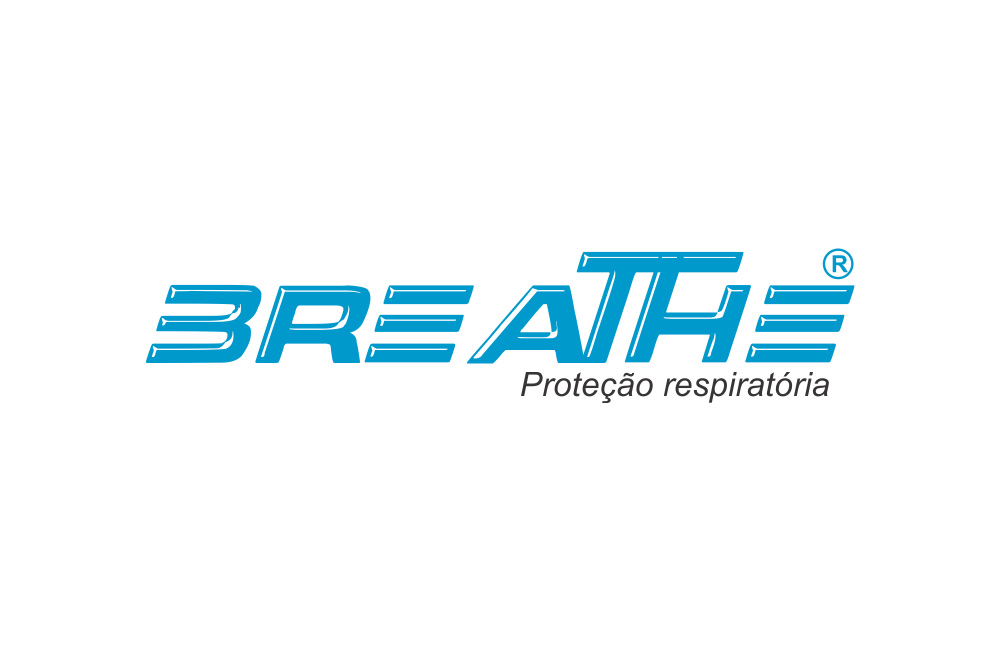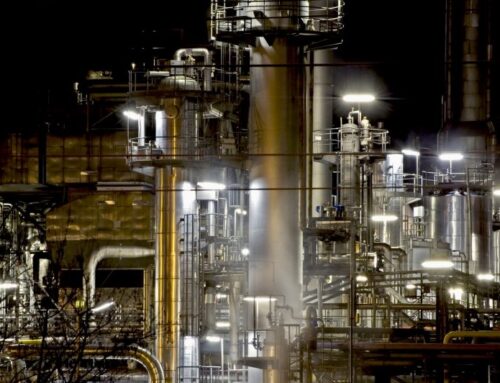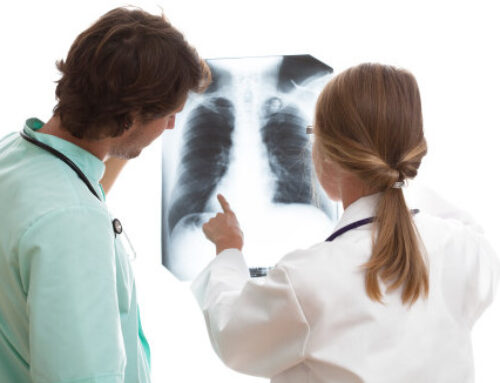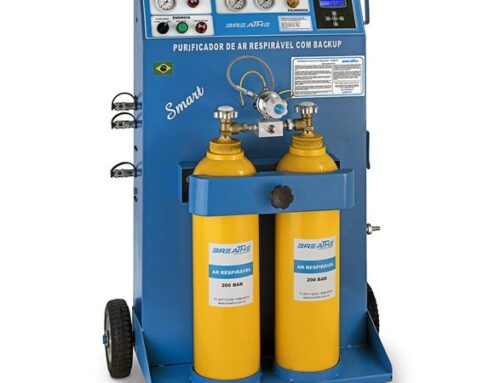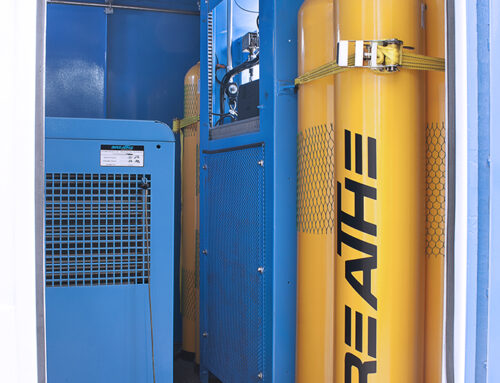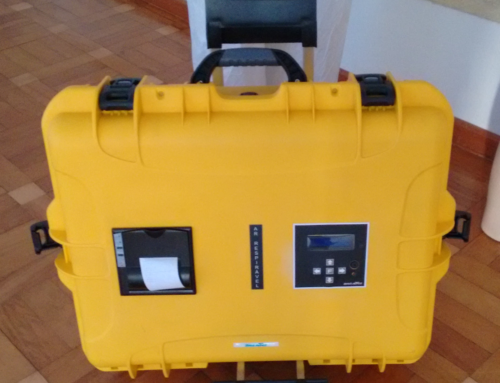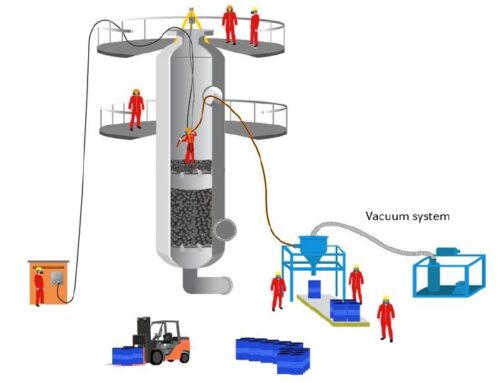Carbon Monoxide Risks
Carbon Monoxide Risks. Carbon monoxide, or CO, is an odorless, colorless gas that can cause illness and sudden death.
 |
| According to NBR 12543, 1999 CO < 10 ppm |
Where is CO found?
CO is found in incomplete combustion products (paragraph below), such as those produced by cars and trucks, small gasoline engines, stoves, burning coal and wood, gas stoves and heating systems. CO from these sources can accumulate in closed or semi-closed spaces. People and animals in these spaces can be poisoned by breathing it.
In incomplete combustion, there is no adequate oxygen supply for it to occur completely. The reagent will burn in oxygen, but it can produce countless products. When a hydrocarbon burns in oxygen, the reaction will generate carbon dioxide, carbon monoxide, water, and several other compounds such as nitrogen oxides, depending on the composition of the fuel. Carbon atoms are also released in the form of soot.
Incomplete combustion is much more common than complete combustion and produces a large number of by-products. In the case of burning fuel in automobiles, these by-products can be very harmful to health, the environment and the car itself.
What are the symptoms of CO poisoning?
The most common symptoms of CO poisoning are headache, dizziness, weakness, nausea, vomiting, chest pain, and confusion. High level of CO inhalation can cause loss of consciousness and death. Unless suspected, CO poisoning can be difficult to diagnose because the symptoms mimic other illnesses. People who are sleeping or intoxicated can die of CO poisoning before they even experience symptoms.
How does CO poisoning occur?
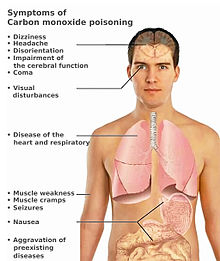 |
| How does CO poisoning occur? |
Red blood cells pick up CO faster than they pick up oxygen. If there is a large amount of CO in the air, the body can replace oxygen in the blood with CO. This blocked oxygen from entering the body and cells can damage tissues and result in death from suffocation. In fact, hemoglobin’s affinity for CO is 250 times greater than that for oxygen, which is why CO is so dangerous, in addition to having no smell or color, its binding with hemoglobin is extremely dangerous for all animal cells that need oxygen to survive.
Who is at risk for CO poisoning?
All people and animals are at risk for CO poisoning. Certain groups – fetuses, babies and people with chronic heart disease, anemia or breathing problems – are more susceptible to its effects. Data from the Centers for Disease Control and Prevention – CDC report that each year, more than 400 Americans die from unintentional CO poisoning, more than 20,000 visit the emergency room and more than 4,000 are hospitalized due to CO poisoning. Fatality is highest among Americans over 65.

